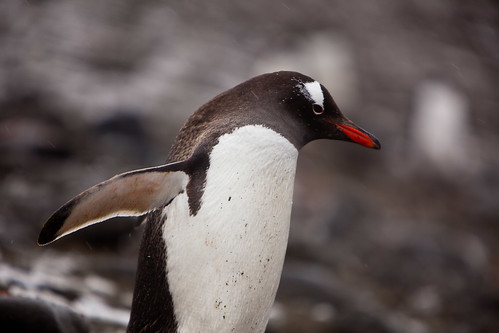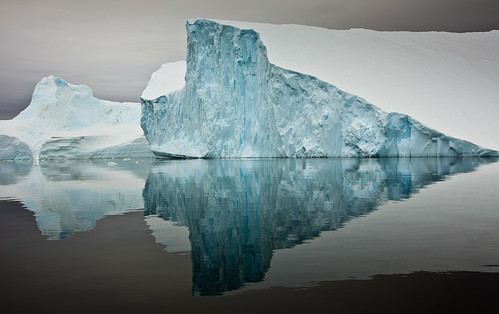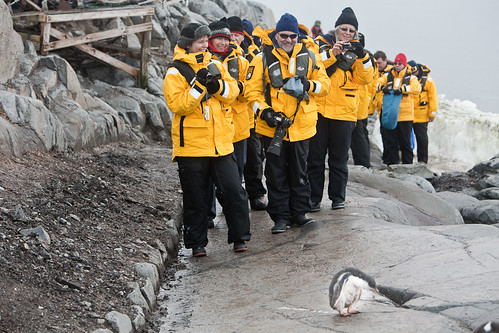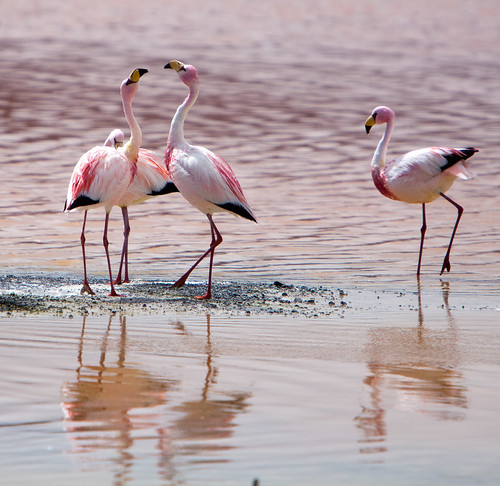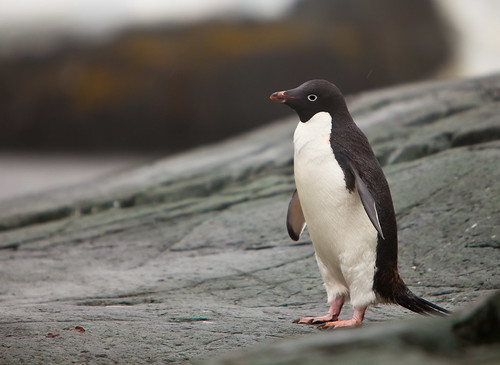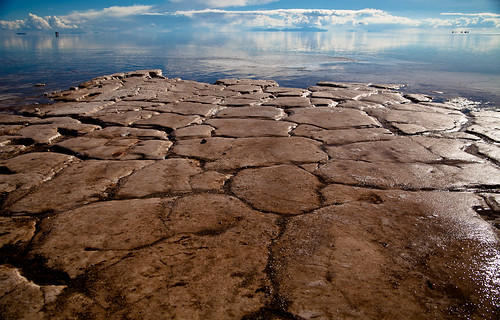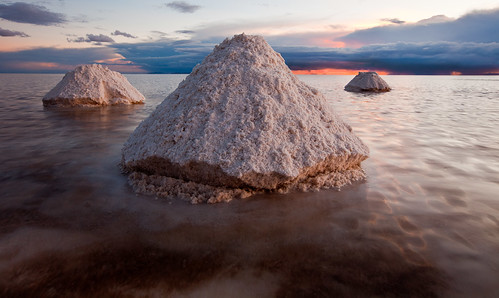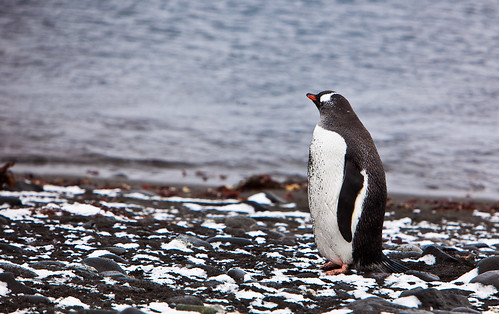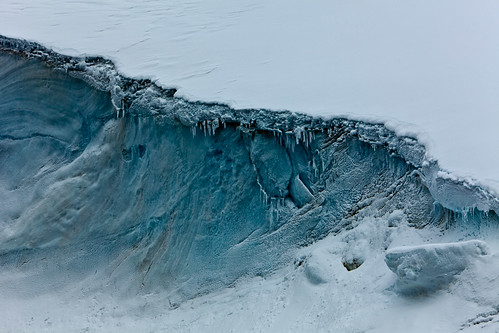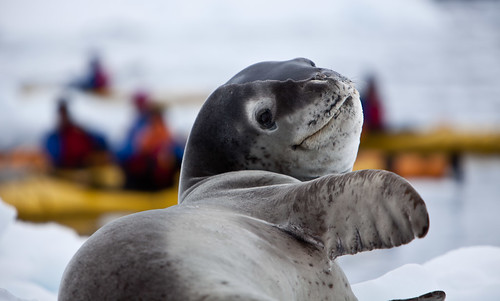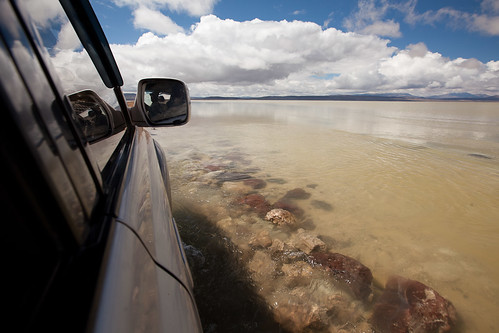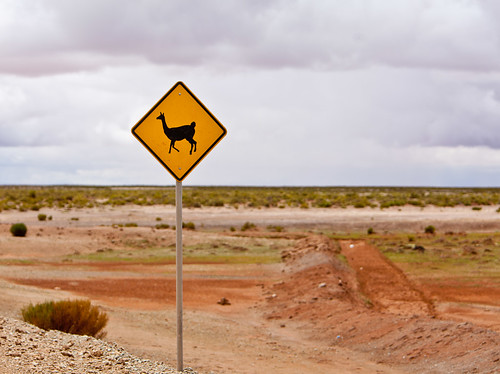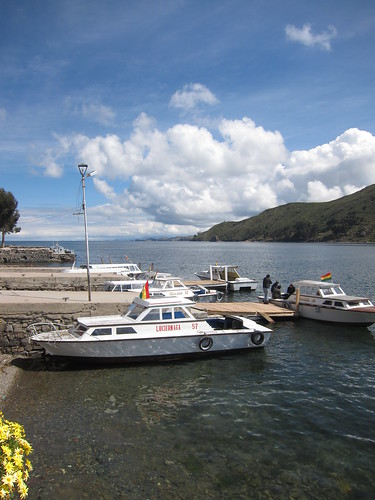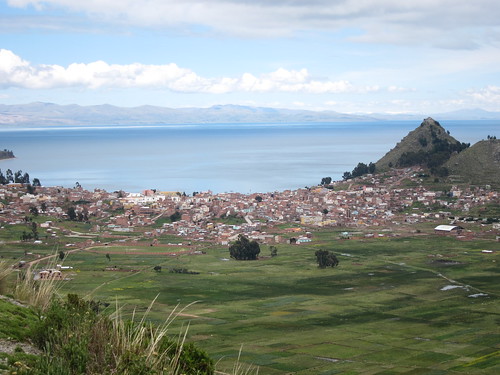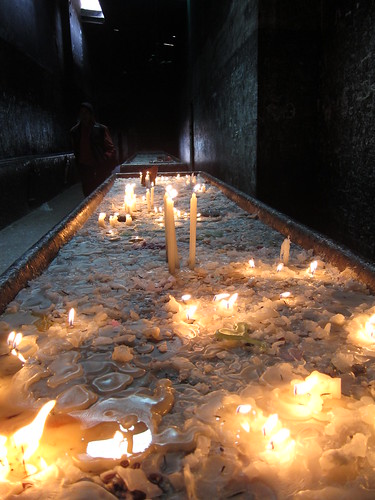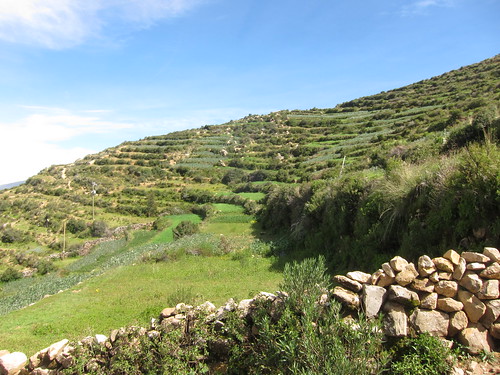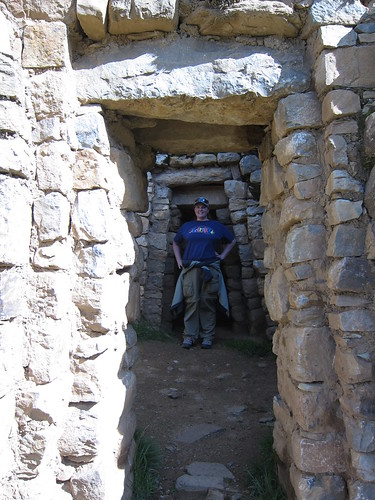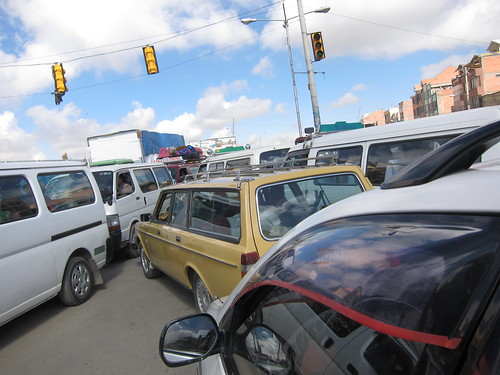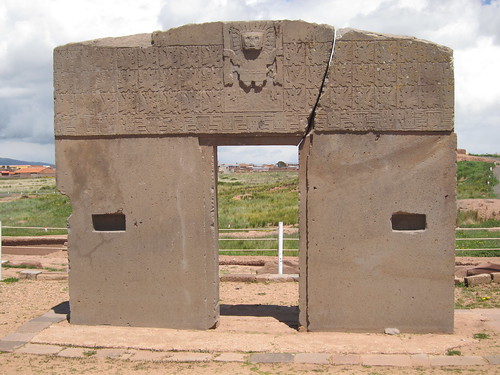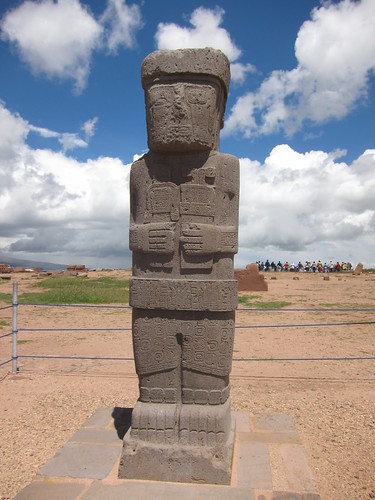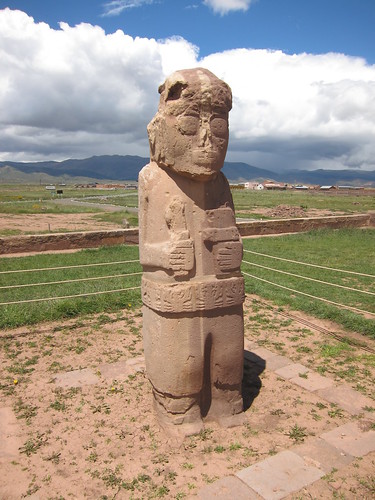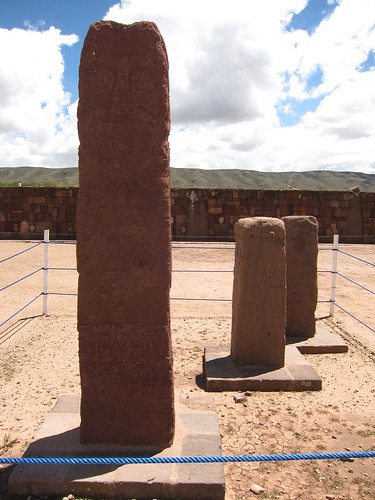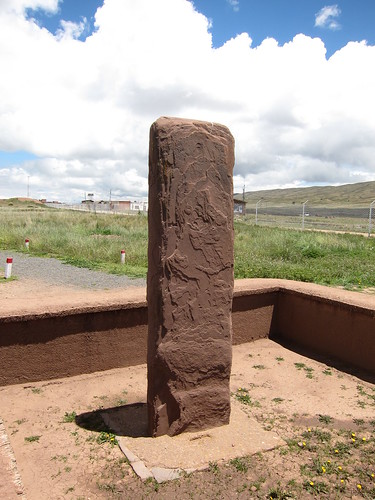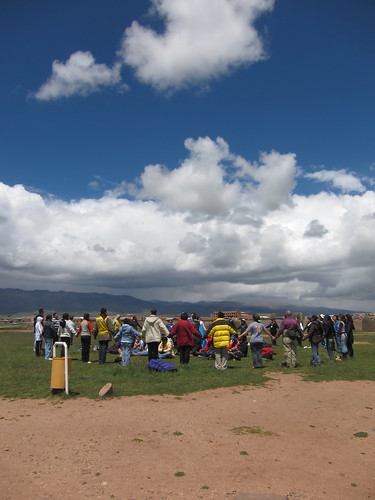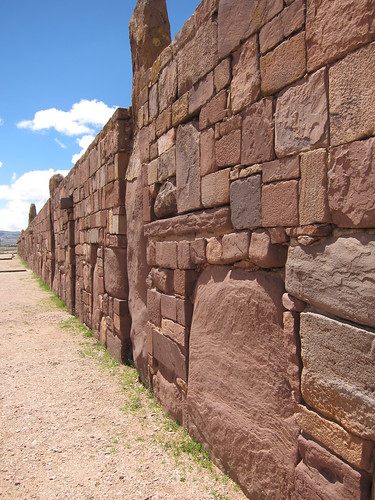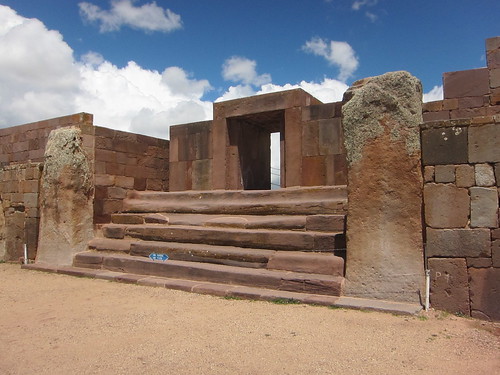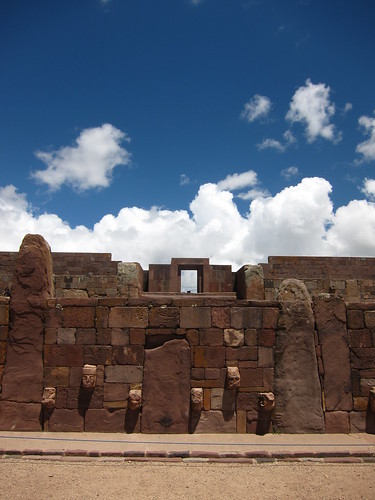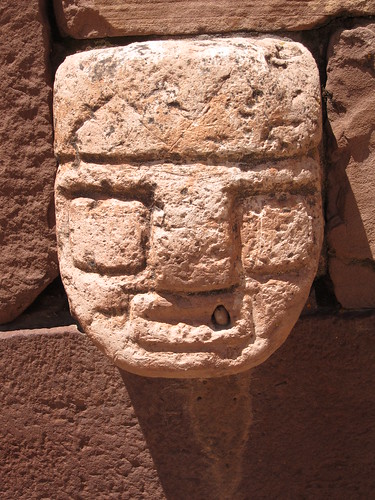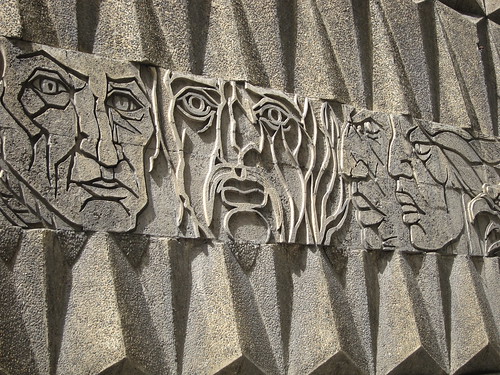Before going to bed, we noticed that the replacement heater was guttering, so I tried to open the gas a bit, unfortunately, I turned the handle the wrong way and the heat went out completely. We tried relighting it with some matches the hotel staff had left us for a candle, but we couldn't get any of them to light. We should have thought that that was a problem, but it didn't occur to us until later. Not wanting to be without heat for the night, I found the room where Daniel was staying and knocked on it until he opened the door. I had felt bad waking him up in the middle of the night, but I felt even worse when he opened the door and I realized too late that I hadn't taken my headlamp off and I blinded him. I explained that we'd accidentally turned the heat off and could we use his lighter. He lent it to me and we got the heat back on in no time. We nestled in for a warm night's sleep and some rest or so we thought.
After going to sleep after our magical starlight visions, we thought the worst was behind us. As it turned out, this was not the case. First of all, the lights came on abruptly at 5 or 6 in the morning because we'd neglected to turn the switches off at lights out the previous evening. Ow. I guess they turned them back on because another party was departing early that morning. I had slept pretty well until that point, but Noelle had slept quite poorly all evening. I couldn't really sleep after the lights had come on. After a while we gave up on sleep and tried to get going. It was around this time that we came to the conclusion that Noelle was now suffering from altitude sickness and I didn't really feel that great myself (headache and weakness). We took a pass on breakfast as neither of us felt up to eating and we needed to get packed to hit the road. Noelle was feeling nauseous and went out to the lobby to get some fresh air. I spent some time getting ready and eventually I went out to the lobby to see what Noelle had gotten up to. I found her out there with Daniel, who had provided her with some of the emergency oxygen. She was feeling a lot better after getting the oxygen and we talked about how we were feeling. We came to the conclusion that the heater, while keeping us warm, had also been stealing valuable oxygen. This was why we couldn't light any matches in the evening. I took a little air and felt my headache ease a bit. We managed to get all of our stuff packed despite feeling lousy.
After getting back into the truck, we drove back out the way we came. Daniel pointed out a beautiful polychrome mountain which he explained that was called Cerro de Los Siete Colores (Hill of the Seven Colors). Frans joked that it used to be eight colors, but they lost one. We drove up to a crossroads of sorts (a place with many tracks, but not a road in the sense that Americans would understand) to get a view of the mountains and take some pictures. Then we drove down a particular track that turned into an
arroyo which had a fairly healthy stream running though it at the time. We were a little nervous about driving through (not across, but actually downstream with the current) the stream, but Frans seemed to know what he was doing, so we trusted him pretty well. The earth actually rose above in a rocky cliff probably about 20-30 feet high at some points. Frans stopped the car abruptly and we weren't sure why until he rolled down the window and threw a piece of fruit out the window. Very shortly a
Viscacha came running out. I had mixed feelings about feeding the animal, since I generally think habituating wild animals to receiving food from humans is a bad idea. We were especially concerned when they pitched some cheeto like snacks out, which the Viscacha evidently prefers over fruit. How like humans. Anyway, the food was already out there, so there wasn't much we could do at that point other take pictures. Such cute animals!
Viscacha feeding ended eventually and we headed onwards to another vista of the mountains to stop and take pictures. The mountains, sky, and earth are so incredible on the Altiplano! The blue and white of the mountains and sky contrast starkly with the
puna grassland, especially when the soil is the red earth. As we got ready to go, Noelle realized that she didn't have Traveling Man with her. Traveling Man is a hat she got on a road trip several years ago that she always takes with her on the road for good luck. If you've seen a picture of Noelle traveling, you've probably seen Traveling Man in the picture if she's outdoors. He gets his name from the mysterious figure on the hat. We searched all over, but not find him anywhere. We could only conclude that he'd gone missing at the first photo stop, many miles away. We were both very sad, since he'd played a part in so many of our travels. In my mind, I constructed a story where Traveling Man was actually from Bolivia, so he had slipped away to go home. This story made me feel a little better, despite being a complete fabrication.
Sadly we moved on, to a series of four Lagoons: Laguna Honda, Laguna Chirkota,
Laguna Hedionda (Lake of Bad Smells), and Laguna Cañapa. We saw a number of Vicuña and flamingos on the way as well as the fantastic Altiplano scenery. Unfortunately, we would suffer from headaches and nausea from the altitude sickness for most of the morning, well into the afternoon. Periodically we'd take a little oxygen and that would help for a while.
For a while after the lagunas, Frans and Daniel appeared to be taking us offroad. We had mentioned that we would really love to see some zorros (Andean foxes) and they appeared to be trying to find some zorro habitat. No luck, though, so eventually they gave up. We contiuned to decend, little by little, and we marvelled at the marvelous scenery and also how the road seemeed to twist and turn like a serpent. A rocky, treacherous serpent that made us (me at least) a little worried about getting down, but eventually Frans negotiated the descent and we were back on the road (such as it was) again. Off in the distance we saw full size tour busses driving. Daniel said that the road over there wasn't really much better than the track we were on, which made me feel sympathy for their passengers.
A little before lunch we stopped at a field of volcanic ejecta from a far off volcano called
Ollague which we could see emitting steam off in the distance. The earth there was a colorada red and the landscape is covered with these rocks that were initially formed by magma, ash, and pumice layering together from volcanoes in the area (presumably Ollague) and then being weathered by wind and rain into a collection of bizarre shapes. We saw this also in Chile near some other volcanoes, but in Bolivia we got to scramble over them and explore for a while. Daniel showed us some examples of
llareta (aka Azorella Compacta), which had been described as a fungus to us by several people, but is a plant according to wikipedia. Anyway, this stuff emits a kind of pitch which can be used as a cure for kidney problems according to the locals. It's bright green and grows like corals in the Altiplano in various places. We also learned that a similar plant, llaretilla is the flat green plants that grow all over the ground in the altiplano that look like squashed llareta. After we had looked around for a bit, we had a bit of lunch. I was skeptical about eating as the altitude sickness had left me pretty nauseous all morning and my previous experiment with a bit of Clif bar had not been promising. However, the lunch prepared for us made me feel a million times better and I enjoyed the afternoon a lot more after that. Not that I hadn't been enjoying it, but it was more like: "Ugh I feel like crap. Wow! Look at that crazily cool thing!" where the coolness managed to distract from the sickness most of the time. Noelle felt similarly, I think, but had gotten more out of the Clif bar than I did.
Anyway, after lunch we drove through the desert for a while, eventually reaching the Chiguana salt flat. We stopped at one point when train tracks mysteriously appeared out of nowhere to take a few pictures. From looking at some maps, I believe that was the line from Uyuni to Calama, Chile. We saw some enormous cacti of the
Echinopsis family. These cacti grow very slowly, only about 1cm a year. We saw some that were at least 5 meters tall and I guess they can grow over 10 meters tall. Their needles looked really beautiful in the afternoon sun.
We were almost to our destination for the day when Daniel announced they had a special stop for us. We drove through some quinoa fields (we'd see a
lot more of those in the coming days) and we came to a place called Saints Village or Ikala. Evidently the Chilean army had occupied and destroyed a nearby village of San Pedro de Buena Vista, raping and pillaging-style. The villagers fled and formed the Saints Village where they lived undiscovered by the Chilean army until they left fifty years later. The Saints Village is in a hidden valley, but honestly it's only 5 or 10 km, max, from the old village where the Chileans were, so I have to think the Chileans were either dumb or really, really unmotivated. The Saints Village had no water supply (the old village had the only nearby spring), so the people had to travel great distances to get water, on foot. We looked around,
rang the church bell (They built a church! While in hiding!), and left when the skies opened up and gave us a summer rain.
We drove the short distance to San Pedro de Quemes (or Quemez?), the new village that the villagers created after the Chileans left and by the time we got there, the rain had stopped. Our hotel for the evening (Tayka Hotel de Piedra) was a welcome sight after a long day of driving. While we unpacked we made an exciting discovery: Traveling Man had fallen behind the back seat where we could not previously see him! And there was much rejoicing. We got settled into our room (the honeymoon suite, with a view of the village and a pen with a few llamas in it immediately adjacent to the room) and then Daniel led us on a walking tour of the ruins of the old San Pedro village, which were just a short distance
from our hotel. The villagers had not wanted to return to the old area because of the bad memories associated with it and instead built further down the hill.
The rain restarted around dinner time and the lightning off in the distance kept me distracted during dinner. I think there were thunderstorms or lightning in the distance every night we were in the altiplano and nearly every night we were in Bolivia. One more day to go in the altiplano.
